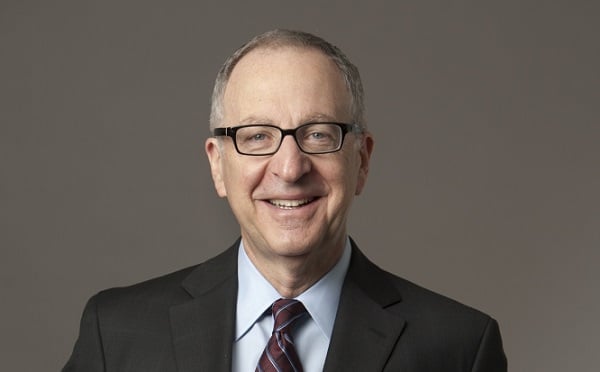People
Superstar Smithsonian Leader David Skorton Resigns After Less Than Four Years
The secretary's departure to lead a medical organization came as a surprise.

The secretary's departure to lead a medical organization came as a surprise.

Tanner West

David Skorton, the secretary of the Smithsonian Institution in Washington, DC, who raised nearly $2 billion for the organization while avoiding the scandals that plagued his predecessors, has announced he will step down from the top post at the world’s largest museum and research complex in June.
He leaves earlier than expected: the former Cornell University president has only led the Smithsonian for three and a half years. Skorton, who trained as a cardiologist, is departing to become president of the Association of American Medical Colleges, an offer he said was too good to pass up.
News of Skorton’s departure seems to have come as a surprise to some at the Smithsonian. He had an initial five-year agreement and had committed to a second, four-year term, according to the Washington Post.
During his short tenure, Skorton made a significant impact. He completed the first Smithsonian-wide fundraising campaign, raising $1.88 billion to overshoot its $1.5 billion goal, and oversaw the opening of the Smithsonian’s newest museum, the National Museum of African American History and Culture, in 2016.
Skorton also initiated an ambitious $1 billion plan to renovate the National Air and Space Museum and ushered the institution into new territory with a strategic plan, released in 2017, which aims to expand the organization’s digital programming and community engagement.
As the Washington Post notes, Skorton also turned down or curtailed a number of projects, in part to shore up the institution’s finances. He scaled down a plan to launch a satellite museum in London, opting instead to work with the Victoria & Albert Museum to hold exhibitions and projects inside its facility.
He also declined to pursue standalone museums for American Latinos and women’s history, instead championing projects for these groups within the institution’s existing footprint.
Although brief, Skorton’s time with the organization was far less tumultuous than those of his predecessors. The previous Smithsonian president, G. Wayne Clough, attracted criticism for removing a controversial video by David Wojnarowicz from the “Hide/Seek” exhibition at the National Portrait Gallery. Before that, Clough’s predecessor, Lawrence Small, was forced out amid a scandal over his personal expenses.
Skorton said he loved the Smithsonian gig, but told the New York Times that he was eager to work more directly within the medical field at a time when access to health care is becoming increasingly unequal.
“Increasingly I had become concerned about the state of the health care enterprise in the United States,” he told the paper. His new employer, the Association of Medical Colleges, is a nonprofit organization that comprises medical schools, teaching hospitals, and academic societies.